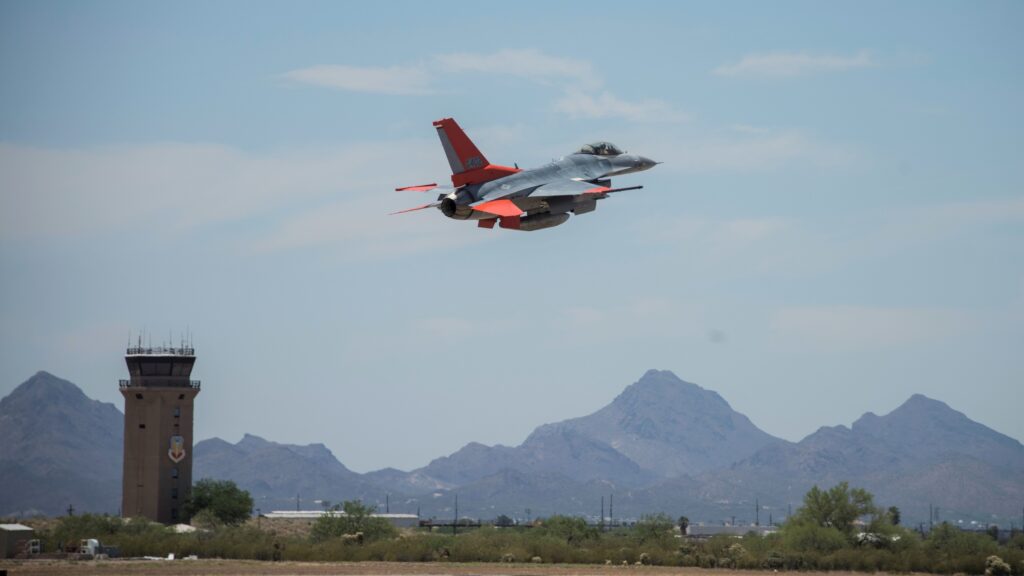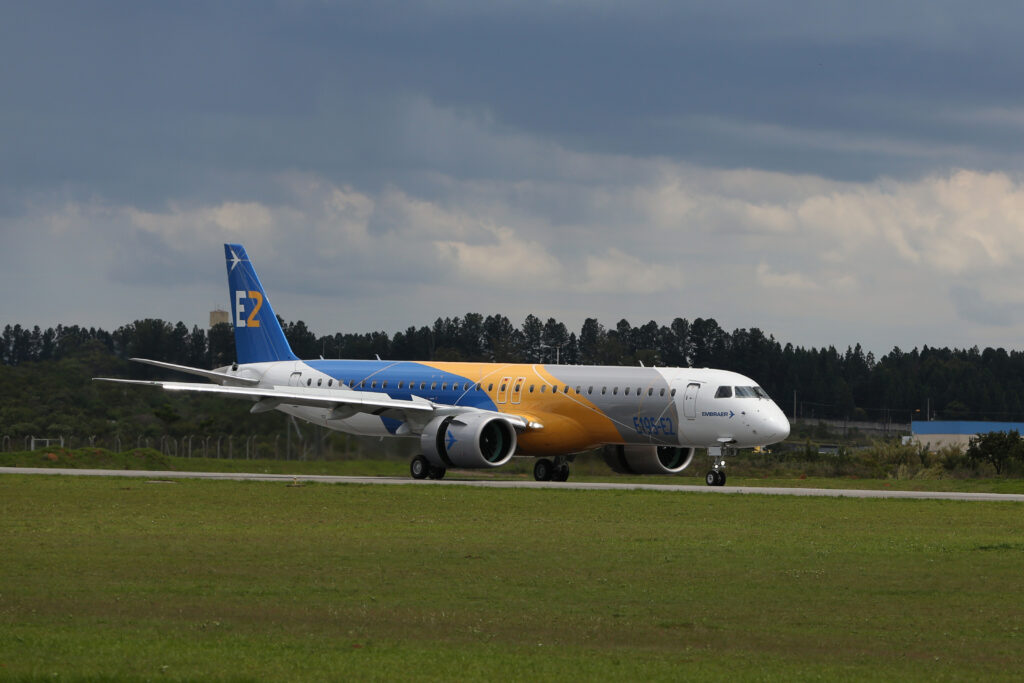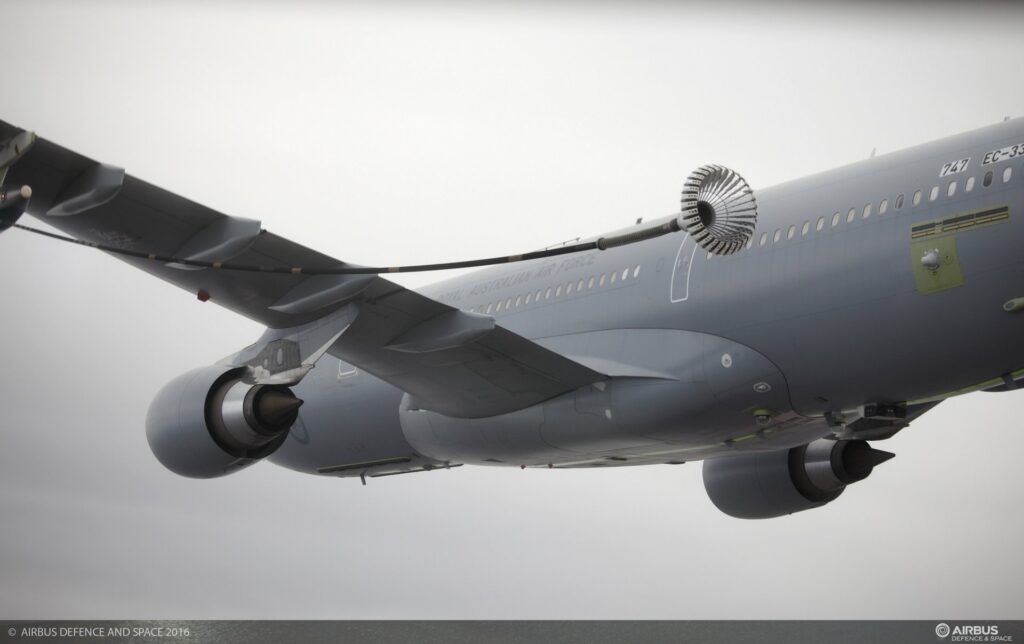Boeing’s Arizona Modification Line Yields First QF-16 Full-Scale Aerial Target
A team from Boeing [NYSE: BA] and the U.S. Air Force completed the first QF-16 Full-Scale Aerial Target to undergo conversion from a modification line in Arizona. The aircraft was flown last month to Tyndall…


